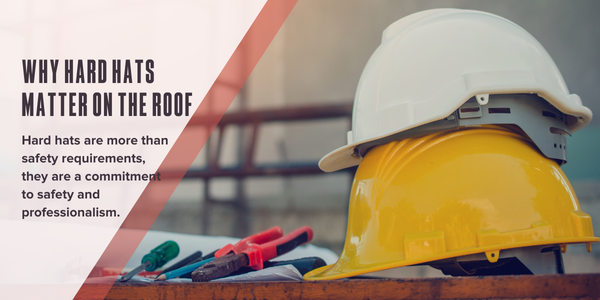UP TO THE MINUTE
Protecting Workers: Personal Protective Equipment (PPE) for a Safe Workplace – Part Two

By John Kenney, Cotney Consulting Group.
Learn what each type of PPE is and what hazards they protect construction workers from.
In part one of this series, we discussed that protecting workers from hazards in the workplace is crucial to ensuring their safety and well-being. In part two, we will continue learning about the critical PPE in protecting workers from identified hazards on your job sites.
Goggles are the preferred eye protection equipment because they provide complete eye and surrounding area protection from dust, liquid splashes, impacts and light radiation. They are also available in different types, including welding safety goggles that protect against intense light concentrations created during welding. It is important to note that welding hoods protect the face and eyes from flying sparks, metal spatter and slag chips, and workers must wear impact eye protection underneath the welding hood to protect the eyes when the hood is lifted to chip the slag off the weld bead.
Face shields are also used as eye protection equipment, although they do not meet the ANSI Z87.1-1989 standards for impact protection. Therefore, wearing impact glasses or goggles underneath the face shield is important to protect the eyes from impact. Earmuffs, earplugs and canal caps are common hearing protection equipment that workers can use to protect their ears from workplace noise that exceeds an eight-hour time-weighted average sound level of 90 decibels on the A scale, measured by a sound level meter. Employers should ensure that the hearing protection equipment is comfortable to wear, does not restrict direction or warnings from being heard, is durable and easy to clean and does not interfere with other PPE.
Hand protection equipment includes gloves made of metal mesh, leather or canvas, coated fabric, liquid-resistant and rubber. Workers should wear gloves that protect against the hazards present in their workplace, including burns, bruises, abrasions, cuts, punctures and chemicals. Employers should ensure that the gloves are comfortable to wear, do not restrict the movement of hands and fingers, are durable and easy to clean and have a system in place to replace damaged gloves immediately.
Finally, body protection equipment protects the body from various hazards such as heat, splashes of hot metals and other hot liquids, impacts from tools, machinery, and materials, cuts and hazardous chemicals and materials. It includes cooling vests, aprons, jackets, coveralls and full-bodysuits. Employers should choose the type of body protection required based on the hazards identified in the workplace. Workers should wear body protection equipment that fits properly, can be cleaned and does not restrict body movement.
Regarding respiratory hazards, it's important to bring in an Industrial Hygienist Consultant to determine the specific risks and what type of respirator is necessary for protection. Respiratory hazards can include fumes, mist, dust and fibers; respiratory protection is critical to prevent these hazards from entering the lungs. Two types of risks are associated with respiratory hazards: short-term and long-term. Short-term risks may cause immediate illness, while long-term risks may take years of exposure before illness manifests. If respiratory protection is needed, the company must establish a respiratory protection program that includes a physical examination for employees prior to wearing a respirator. Respirators are complicated and require specific filters tailored to the risk, and fit testing is required for each individual worker. Workers must also be trained in proper maintenance and cleaning procedures. In some cases, workers may be exposed to situations where oxygen is deficient; in these cases, oxygen will need to be provided with a respirator.
PPE (personal protective equipment) is critical in protecting workers from identified hazards in a Job Hazard Analysis. Purchasing PPE that meets ANSI standards for a particular hazard is important. Medical services may be necessary for some types of PPE, and workers must be trained on the hazards, how the PPE protects them, how to maintain and clean the PPE, and how to replace it if damaged. Supervisors must ensure that workers wear the required PPE. The 2002 version of OSHA Publication 3071 titled "Job Hazard Analysis" is a valuable resource for conducting this type of analysis, and it can be found here. OSHA Publication 3155, titled "Personal Protective Equipment," is another excellent source of information, and it can be found here.
Learn more about Cotney Consulting Group in their Coffee Shop Directory or visit www.cotneyconsulting.com.
About Cotney Consulting Group
Unlike other “business” consultants, Cotney has 65+ years’ experience solving the problems of roofing companies. With real experience running 8-figure, multi-million dollar companies, our consultants did not learn about business consulting from a book — we have experienced the same problems that you have, solved them and moved on to create a storied history of success. We can share our experiences with you and help you achieve success. Learn more at www.cotneyconsulting.com.



















Comments
Leave a Reply
Have an account? Login to leave a comment!
Sign In